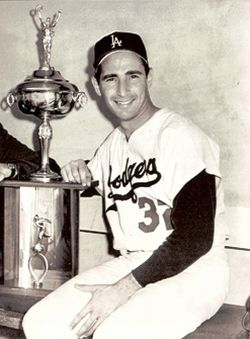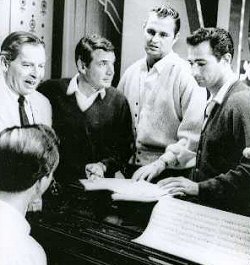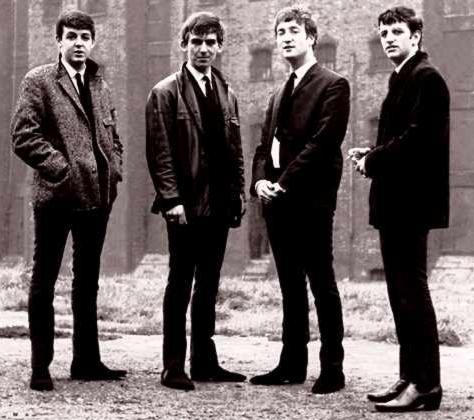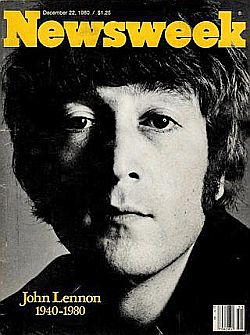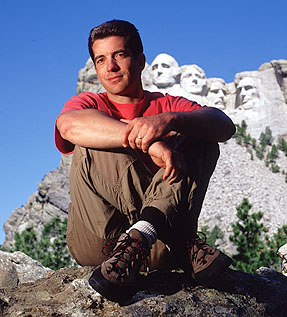

 As the media pay final homages to noteworthy passings in 2010 - Tony Curtis, Lena Horne, Bud Greenspan, Don Van Vilet (Captain Beefheart) - one death went without the fanfare that it deserved: the end of production of the Pontiac automobiles by the General Motors Corporation (GM).
As the media pay final homages to noteworthy passings in 2010 - Tony Curtis, Lena Horne, Bud Greenspan, Don Van Vilet (Captain Beefheart) - one death went without the fanfare that it deserved: the end of production of the Pontiac automobiles by the General Motors Corporation (GM).Pontiac Spring and Wagon Works produced their first automobiles- high-wheeled station wagons - in 1908. GM bought the company, and introduced the Pontiac brand of automobiles in 1926. One year later, Pontiac ranked amongst the top-selling automobiles in America. As a nod to Chief Pontiac, the Native American leader who fought against British military occupation in the 18th century, the division renamed its 1940s models the Chieftain and Star Chief.
In 1958, Pontiac general manager Semon "Bunkie" Knudsen and his design gurus - E.M. Estes and John Z. DeLorean (the guy who headed the company that produced the cars used in the Back to the Future series) - retooled the division and launched a limited-edition, fuel-injected engine in its Star Chief Bonneville. Scribes dubbed the Bonneville - the pace car for the 1958 Indianapolis 500 - "America's No. 1 road car."
Pontiac introduced new design changes to the 1959 models: wide-track styling, longer and lower bodies, larger areas of glass, Quad headlights, twin V-shape fins, and the iconic "V" emblem. Motor Trend magazine selected the Pontiac as its 1959 Car of the Year.
In 1961, the Tempest - Pontiac's compact model - received kudos as Motor Trend's Car of the Year.
Continuing to push the creative envelope, Pontiac introduced the Gran Turismo Omologato (Italian for "Grand Touring, Homologated"), aka, GTO in 1964. Like the division's Grand Prix, which debuted three years earlier, the GTO - dubbed as the first American muscle car - celebrated the Pontiac's sporty bucket-seat sport coupes. For a few extra bucks, consumers could purchase a GTO option that sported a 381-ci engine, which was larger than that of the high-performance Chevrolet Corvette. Motor Trend named the Pontiac division as its 1965 Car of the Year.
The surf group Ronnie and the Daytonas recorded the single "GTO", which was released in 1964. The pop tune reached the No. 4 spot on Billboard magazine's pop singles chart. Pontiac couldn't buy the publicity of a hit single that played on rock 'n roll stations throughout the country - back before Top-40 music became so fractured and specialized. Imagine a two-minute advertisement that played constantly on AM radio throughout the country.
Wind it up, blow it out, GTO.
Pontiac introduced the Firebird pony car in 1967 as the GM alternative to the white-hot popular Ford Mustang.
When the James Garner series, The Rockford Files, premiered in September 1974, Pontiac enjoyed the publicity that came when Los Angeles private detective Jim Rockford tooled around Southern California in a gold Firebird. Who wouldn't want to use the Pacific Coast and Ventura highways as one's personal racetracks?
GM enjoyed the luxury of a wildly popular division in the 1960s and 70s. So what happened in the intervening 30 years to drive the Pontiac brand from enormous brand-name popularity to discontinued division?
In his tome American Cars, 1960-1982, J. "Kelly" Flory Jr. attributes Pontiac's slow decline and ultimate death to rising gasoline prices, increased insurance costs, federal safety and emissions regulations. The author also notes Pontiac's failed attempts to build plush and luxurious automobiles along the lines of the GM Oldsmobile (which was discontinued) and Buick (which surprisingly remains in production). Others point their fingers at the hiring of general manager Martin J. Caseiro, who emphasized sales and marketing than car performance. This change in focus represented a dramatic departure from that of Knudsen and DeLorean, who sought to highly coveted, high-performance vehicles.
Perhaps the Pontiac's demise should also lie at the hands of GM executives, who focused on pickup trucks and sport utility vehicles, which generally were manufactured at lower costs and sold for higher profit margins that sedans.
The blame-game, though, is meaningless because the Motor City stuck a fork in Pontiac, and the once-great division isn't coming back to life.
